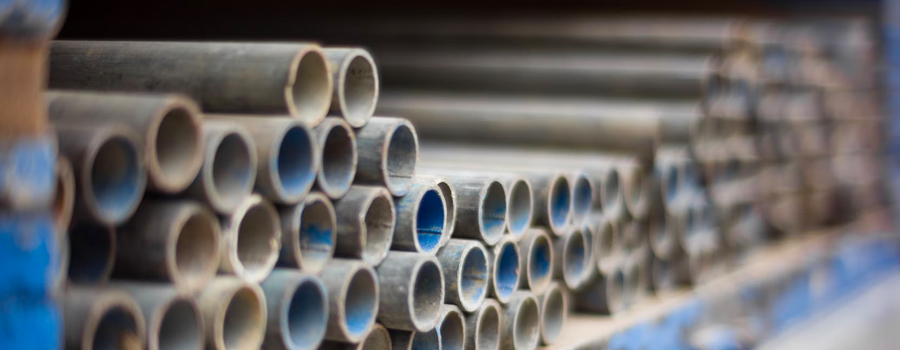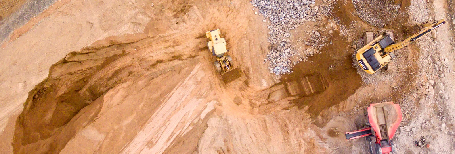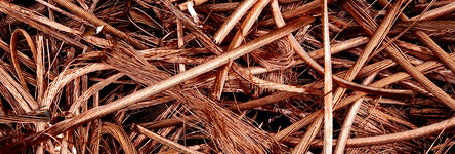
with the development of modern industry and scientific technology, there are increasing demands for the quality inspection of steel products. from aspects of quality, safety, and utility, the comprehensiveness, reliability, and accuracy of product testing are all crucial and necessary. in the application of medium and thick plates, certain steels are involved that have safety requirements and important purposes, such as steel for pressure vessels, boiler steel, steel for power plants, steel for chemical industry, etc. these not only have strict regulations regarding the mechanical properties and appearance quality of the steel, but also impose stringent requirements on internal quality. therefore, non-destructive testing of steel (non-destructive testing of the steel's interior) along with mechanical testing and visual inspection have become integral parts of steel materials.
steel inspection is a form of material examination, encompassing the inspection of steel to confirm its suitability for a particular task. steel inspection can take place both in laboratories and at steel structure construction sites, sometimes necessitating assessment at both locations. steel inspection involves structural inspection for construction steel, inspection of mechanical steel components, and inspection of special products (such as surgical steel) which must undergo inspection to ensure patient safety—the objective being safety. inspectors aim to ensure that the steel complies with the advertised requirements and is fit for the intended task. investigative techniques used in laboratories include spectroscopy to determine sample composition, x-ray photography to examine the interior of the steel, liquid penetrant testing, and stress testing. stress testing might involve pushing steel to its fatigue point to identify when and why steel might fail.
during the research and production processes of steel and related products, if real-time control of product quality and performance can be achieved, it can greatly minimize occurrences of subsequent problems such as raw material wastage and quality-related returns.

noa offers steel inspection services, including but not limited to:
i. testing scope
1.categories of steel: profiles, plates, pipes, and metal products
2.steel products: heavy rails, light rails, large section steel, medium section steel, small section steel, cold-formed steel, high-quality steel, wire, medium and thick steel plates, thin steel plates, electrical silicon steel sheets, steel strips, seamless steel pipes, welded steel pipes, steel pipes, metal products, and other varieties.
ii. testing items
1.common chemical analysis: analysis of the content of elements c, s, p, mn, si, cr, ni
2.common spectral analysis: photometric colorimetry, spectrophotometry
3.electron probe x-ray microanalysis macroscopic inspection: determination of the structure and macroscopic defects of calm steel, continuous casting steel, boiling steel, acid immersion test, tower-shaped acid immersion test, sulfur printing test, fracture inspection, etc.
4.metallographic examination: metallographic microscope detection of decarburization depth (gb/t224), grain size detection, detection of non-metallic inclusions in steel, detection of chemical composition segregation in steel, etc.
5.process performance: quenching penetration test, welding performance test, cutting performance test, wear test, metal bending test, metal repeated bending test, metal wire repeated bending test, metal wire torsion test, metal wire winding test, metal notch test, metal cupping test, etc.
6.physical properties: experimental testing of physical performance indicators in the inspection of metal plastic processing products, mainly including magnetic performance, density, elastic modulus, coefficient of thermal expansion, resistance value, etc.
7.electrical properties: measurement of magnetic performance, density measurement, elastic modulus measurement, coefficient of expansion measurement, resistance rate measurement, etc.
8.chemical properties: intergranular corrosion test, oxidation resistance test, atmospheric corrosion test, total immersion, intermission corrosion test, etc.
9.non-destructive testing: ultrasonic flaw detection, magnetic particle flaw detection, x-ray flaw detection, dimensional inspection, surface defect detection, etc.
10.hardness: brinell hardness, rockwell hardness, vickers hardness, microhardness, shore hardness, etc.
11.tensile strength: hardness indicators (specified non-proportional elongation stress, specified total elongation stress, specified residual elongation stress, yield point, tensile strength), plasticity indicators (elongation, reduction of area), high-temperature creep test (creep rate, creep rupture strength, creep elongation after rupture, creep reduction of area), etc.
12.impact test: high and low-temperature impact test, multiple impact test, etc.
1.the client proposes specific requirements
2.specialized personnel coordinate
3.provide a professional testing plan
4.clarify or answer technical questions about the plan
5.quotation
6.sign a technical service contract
7.project execution
8.concluding summary of the project
(1) documentation inspection: reviewing provided material quality assurance documents, test reports, etc., to gain approval for usage.
(2) visual inspection: visually examining the material for aspects such as variety, specifications, markings, and external dimensions to identify any quality issues.
(3) physical and chemical inspection: scientifically assessing the material samples' chemical composition, mechanical properties, etc., using testing equipment and instruments.
(4) non-destructive testing: employing methods like ultrasonic testing, x-rays, surface flaw detectors, etc., to inspect materials without causing damage to the samples.
steel is generally divided into four major categories: profiles, plates, pipes, and metal products.
there are several testing standards for steel products. some of the national standards (gb standards) include:
(1)gb/t700 carbon structural steels
(2)gb/t699 quality carbon structural steels
(3)gb/t1591 low alloy high strength structural steels
(4)gb/t4171 high weather-resistant structural steel
(5)gb/t4172 welded weather-resistant steel for structures
(6)gb/t4238 heat-resistant steel plate
(7)gb/t 714 structural steel for bridges





tel: 86-400 821 5138
fax: 86-21 3327 5843
email:noa@noagroup.com